It is past 6pm in Ahmedabad in west India’s Gujarat state when construction workers are seen returning to the slum clusters in the western part of the city.
While some head to their respective homes to finish their chores for the day, a few of them head to a meeting arranged by officials of a civil society organization who apprise them of their rights in the city.
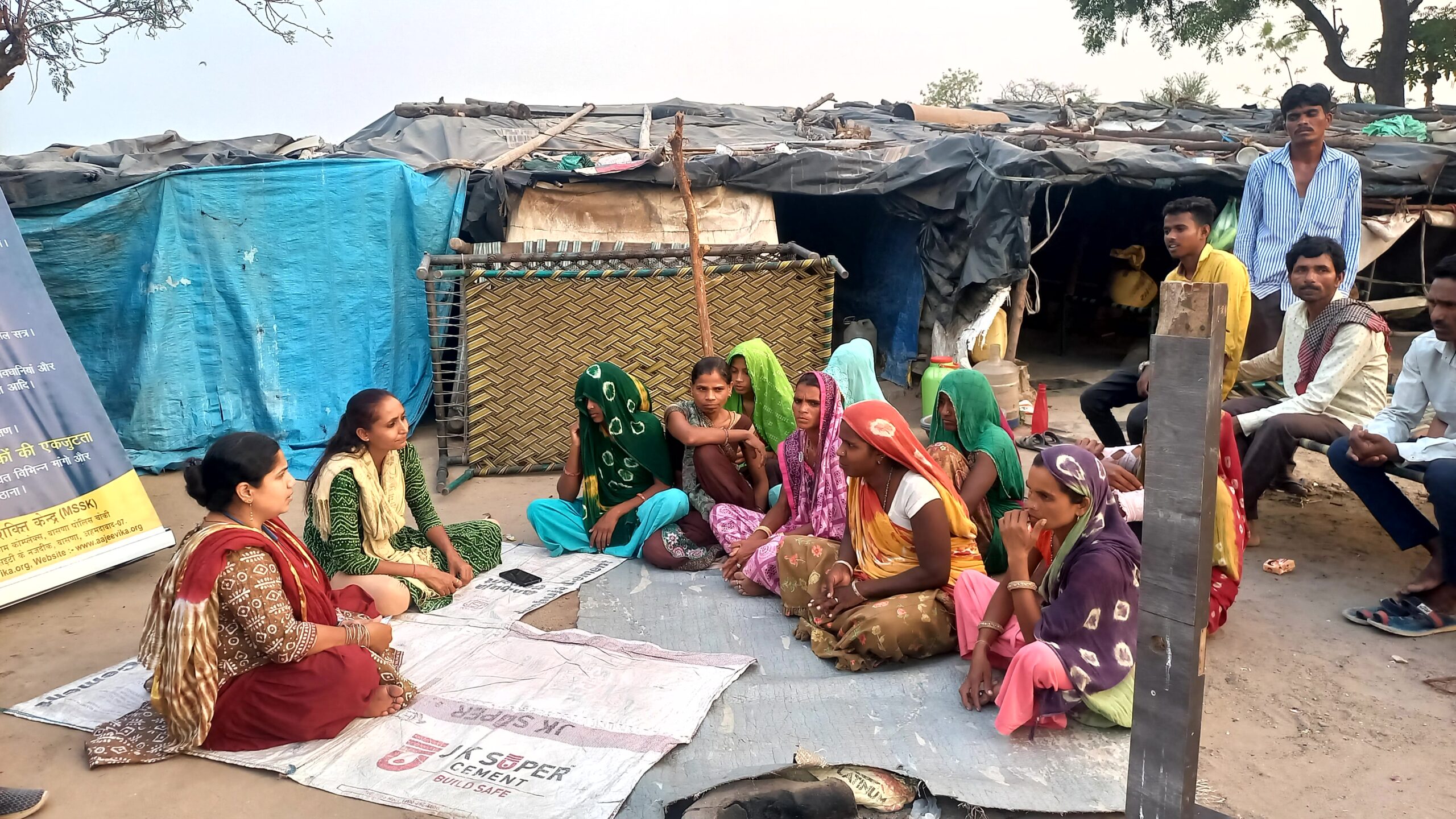
Around 20 women and men huddle — they are seen listening intently to the team for the next hour. Most, if not all of them are migrant workers from other Indian states.
Migrant workers are often the most marginalized among the informal workers who lose out on social security benefits and remain invisible to policymakers.
India’s commitment to eradicating poverty and hunger remains a pipe dream.
India is a signatory to the 2030 Agenda for Sustainable Development but a recent study highlighted India is faltering at 19 of the 33 indicators of the Sustainable Development Goals (SDGs), including health, hunger, poverty, and gender equality.
India ranked 107 out of 121 countries in the 2022 Global Hunger Index, slipping from its 101st position the previous year.
India’s score is 29.1 which indicates a serious hunger level.
The Global Multidimensional Poverty Index 2022 showed that the largest number of poor people in the world lived in India in 2020.

India’s commitment to eradicating poverty and hunger remains a pipe dream at the ground level where workers live under deplorable conditions and are struggling to make ends meet.
A few tents away from the meeting called by the non-profit Ajeevika Bureau Trust, Naresh, with the help of two of his neighbors, tries to rebuild their makeshift home by fixing the tarpaulin before sunset.
By 2019, India’s slum population was 65 million, and 1.6 million of that was in Gujarat state.
“This one collapsed yesterday. If you ask about our lives, there are only problems,” says Naresh, a migrant worker from Rajasthan state’s Banswara district.
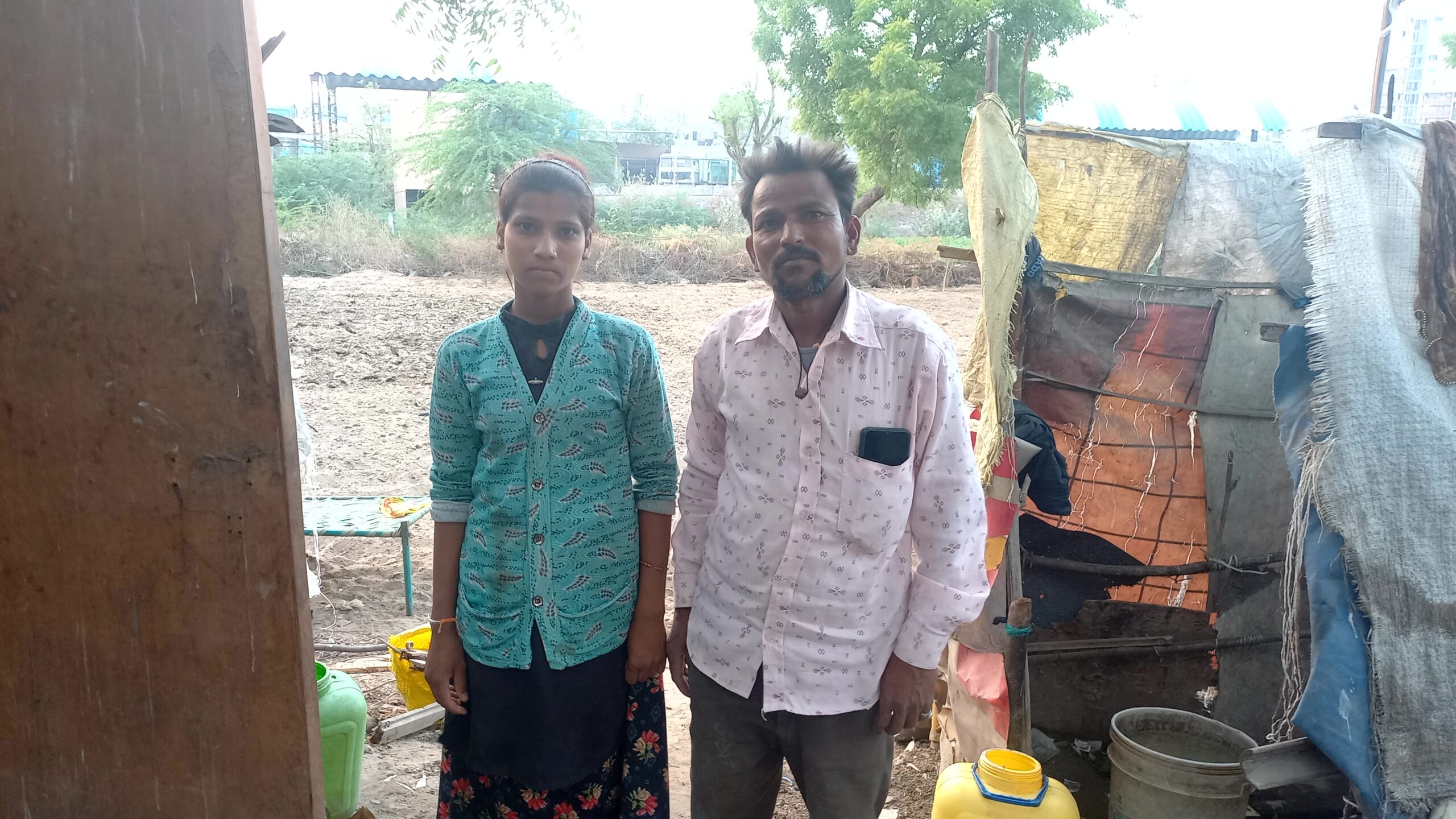
His wife Sannu talks about the challenges they negotiate in the slums — lack of access to toilets, and sanitation, and how they had to leave the city during the Covid-19 lockdown.
Gujarat is home to over 4.1 million migrants.
By 2019, India’s slum population was 65 million, and 1.6 million of that was in Gujarat with Ahmedabad having the second largest slum population after Surat.
According to the National Institution for Transforming India (NITI) Aayog’s Multidimensional Poverty Index, Gujarat has an index of 18.60 percent.
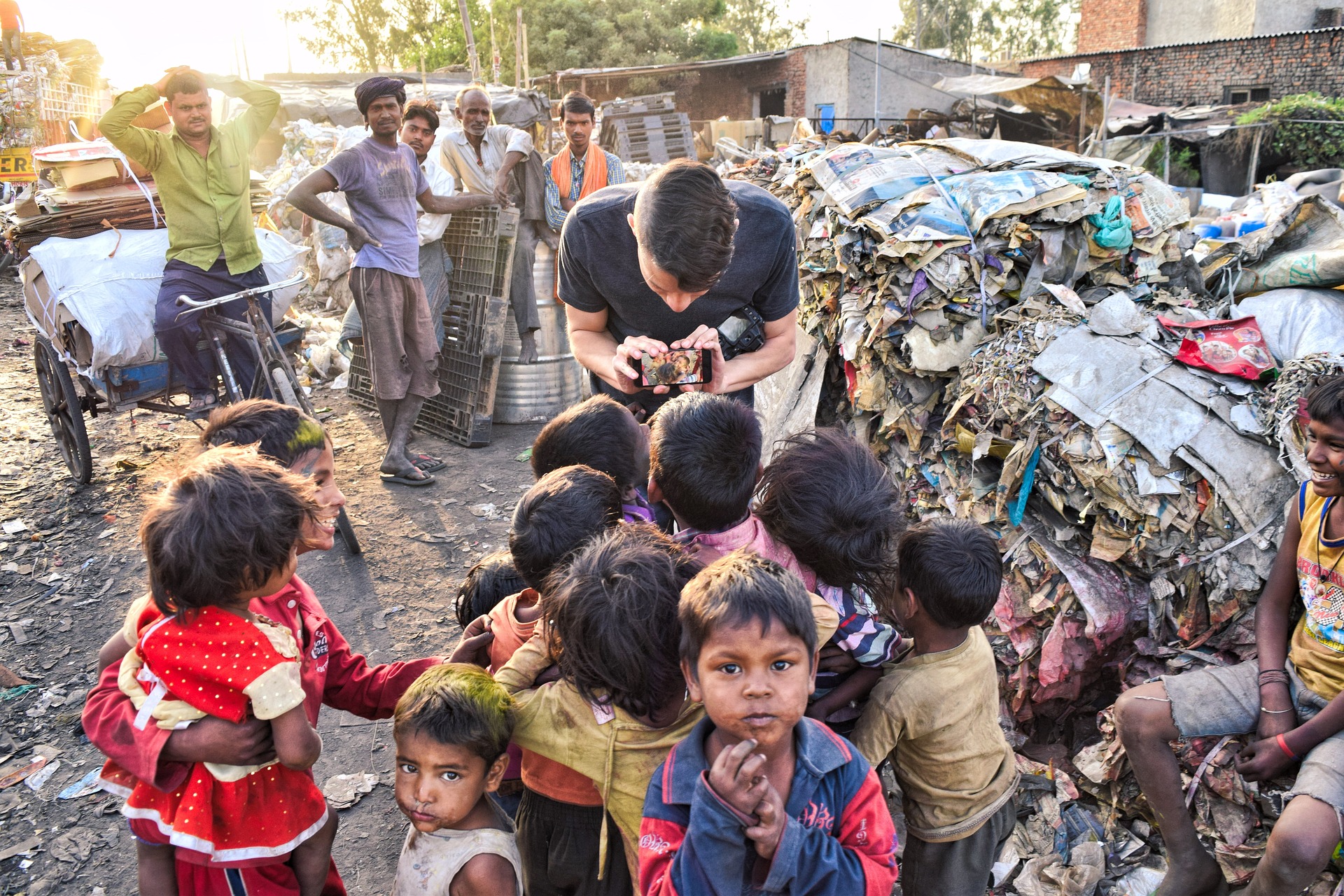
Over 40 percent of the population is deprived of nutrition, over 37 percent lack sanitation, and 23.40 percent do not have decent housing.
Economist Ravi Srivastava points out that it is important to look at multidimensional poverty while talking about urban poverty.
In north Ahmedabad, some families live on the pavements after being evicted from railway lands.
For a country trying to achieve its SDG target, the basics are being ignored and the large floating population comprising migrant workers suffers the most.
Access to food, water, sanitation, and healthcare is a challenge for them.
Contractors who employ migrant workers typically set the living conditions.
A study of migrant workers in Ahmedabad by the non-profit Ajeevika Bureau Trust documents how their relationships with employers, contractors, and local power groups determine their ability to negotiate their living conditions.

“When it comes to the children of migrant workers, a large number do not attend school,” adds Srivastava.
Manisha, a student of Class 9, travels from Banswara district to the city when the school breaks for a few days to work as a daily wage earner.
When distressed communities go to the city with their families, it is the infants, adolescents, and women who suffer the most.
“I will work for 10 days and return to my village. Life is hard in the city. Back in the village, we have a house,” Manisha says.
Her father, Sunil, adds that in the city everyone has to work to survive.
“But eating well and living well is still a problem. Do we have any conveniences? No. We have to pay a monthly rent of 1,000 rupees (12.15 dollars) to live under these deplorable conditions. We are in the city out of compulsion,” Sunil says.
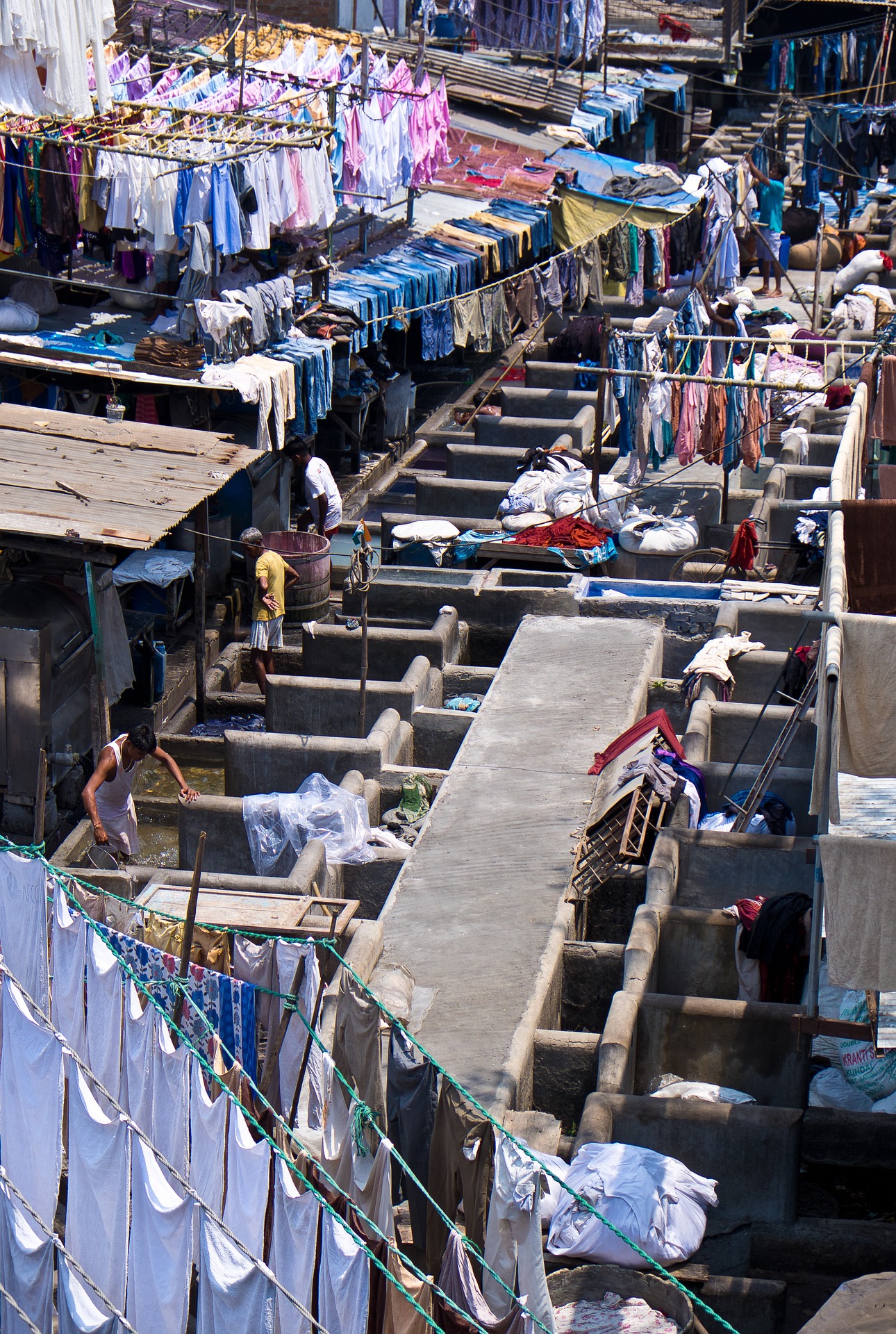
The living conditions and lack of facilities are challenging for everyone but there is a need to see it through the gendered lens as well, points out Saloni Mundra who works with Ajeevika Bureau Trust in Ahmedabad.
“Women are typically not involved in the decision-making process when they migrate to the cities yet the extra burden of the household like looking for water always falls on them,” says Mundra.
“We lost everything when we got evicted. Children do not have their books anymore. How will they attend school?”
“When people come to the cities, they only want to live near an area where they can earn their livelihood and other basic rights like access to clean water, toilets, and sanitation take a backseat.”
While negotiating the heat is an everyday challenge, there are no toilets in the area, and workers have to defecate in the open.
While preparing the night’s meal, Savita, a construction worker, barely looks up as her brother-in-law talks about the inconveniences of living in the city.
But she adds that while she has managed to negotiate the other deplorable conditions, the lack of toilets is her biggest concern.
Data from the 2011 census shows that 34 percent of slum households do not have latrines within their premises and 43 percent have no source of drinking water.

Umi Daniel, director of migration and education at Aide et Action International says when distressed communities go to the city with their families, it is the infants, children, adolescents, and women who are the most vulnerable.
“The workers need governmental support. The database of recording migrant workers’ footfall in the cities needs to be updated rigorously. The urban areas are unable to predict footfall and vulnerable people are left out of urban planning.
“They are typically pushed to the city’s margins. While migrant workers are agents who are indirectly contributing to the growth of the city, they can never enjoy the infrastructure of cities,” says Daniel.
Evictions derail the lives of workers

In north Ahmedabad, some families live on the pavements after being evicted from railway lands where they were treated as encroachers.
Those who have not been evicted from other slums live in fear because they don’t know when the eviction notice will come.
Ramila, a middle-aged woman, wonders aloud how her children will go to school when they are not sure about housing.
“We lost everything when we got evicted. Children do not have their books anymore. How will they attend school?” she poses.
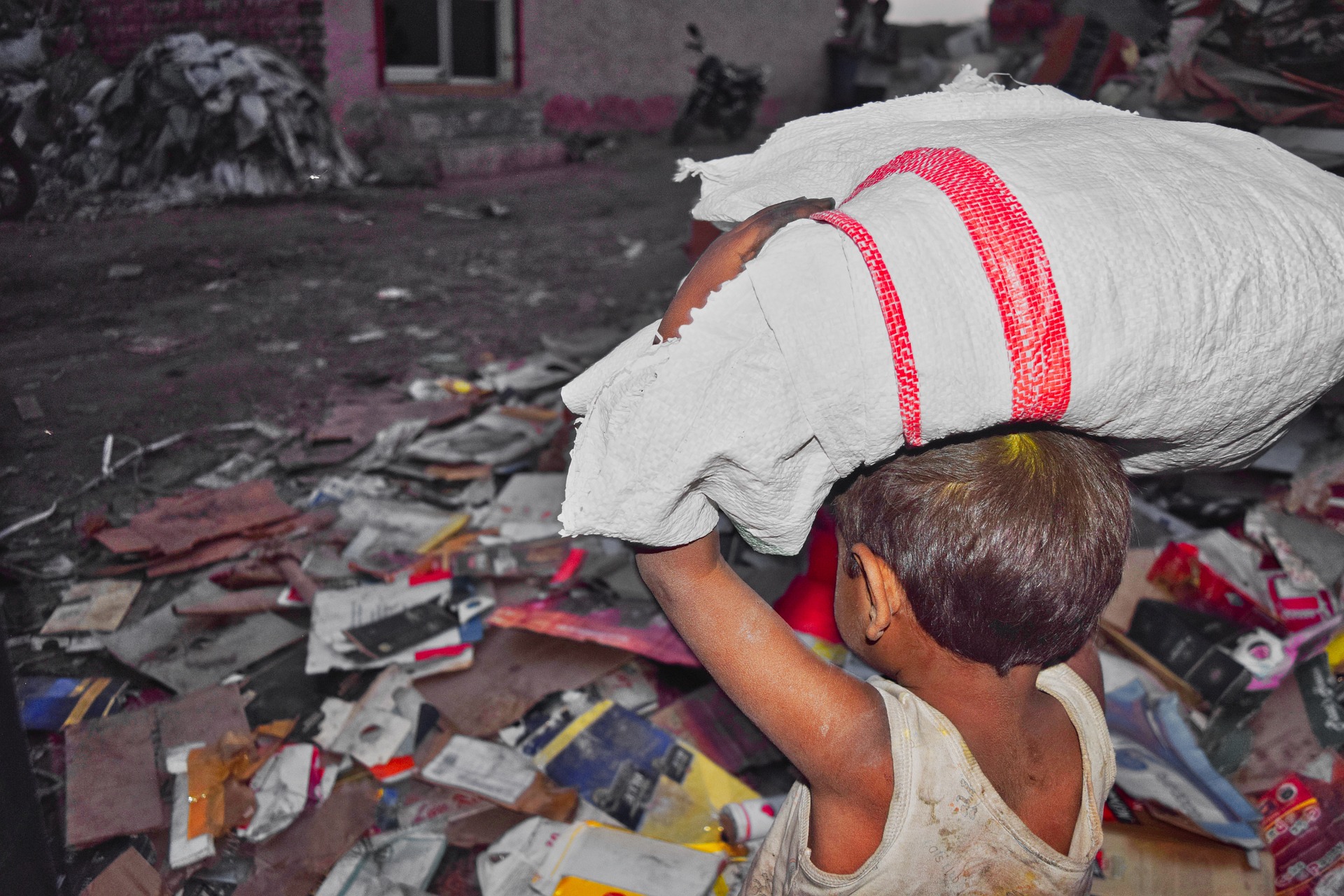
The New Delhi-based advocacy group Housing and Land Rights Network (HLRN) documented that central and state governments demolished over 36,400 homes and evicted over two hundred thousand people across rural and urban India in 2021.
Preliminary findings of the HLRN between January to July 2022 showed over 25,800 homes were demolished, affecting at least affecting one hundred thousand people.
“Society pushes the workers to the fringes. They are unwanted in cities though their labor is exploited.”
Dinesh Parmar from the Centre for Labour Research and Action which promotes workers’ rights in the informal sector, pointed out that every time there is a demolition, it sets back people.
“People have to reinvest in children’s education. Plus, they are always worried about what will happen if slums are demolished while they are at work.”
“Society pushes the workers to the fringes. They are unwanted in cities though their labor is exploited,” said Parmar, adding that those who come to the cities to work should not be driven out.
